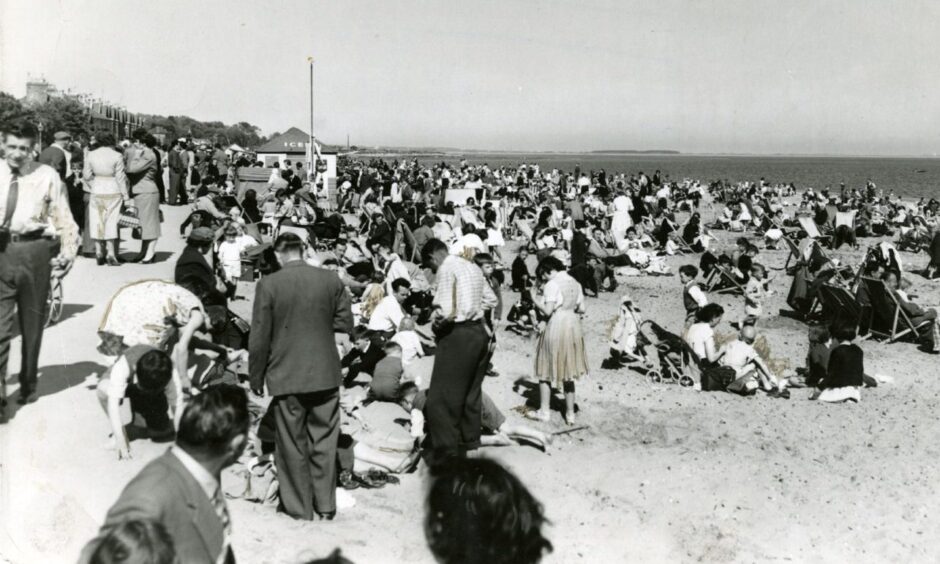
Broughty Ferry was once top of the list of destinations for families in need of a summer holiday.
Its sweep of golden sands and excellent amenities saw families flock to Dundee’s seaside suburb.
Good transport links meant that when the work whistle went, Scots from all over were ferried to the Ferry.
Because holiday fun was a shore thing.
The Dundee Year Book in 1957 published a feature on Broughty Ferry.
It evokes memories of the days before package holidays, trips with parents and grandparents that felt as if you were miles from home – packed lunches on the beach, sand in your sandwiches and the wind in your hair.
The trip down memory lane sounds like it was written by Judith Chalmers and provides a glimpse of what life was like compared with the Broughty Ferry we know today.
A place for indulging “in all the delights of the seashore” and “acquiring a tan”.
Not forgetting the donkey rides or the beauty pageants.
How much has Broughty Ferry changed since 1957?
The Dundee Year Book said a “convenient service of buses” and rail station on the main line to Aberdeen and Edinburgh made the Ferry “very accessible in every way”.
It was perfectly placed to attract visitors from near and far.
Broughty Ferry was a township in its own right until November 1913 when the burgh was absorbed by Dundee “after a spirited fight to preserve its independence”.
The Dundee Year Book said these differences were “happily forgotten” in 1957 and the people of Broughty Ferry were “just as pleased to identify themselves with the great city, as the city is proud to have its own seaside resort”.
The popularity of Broughty Ferry for holidays was “only natural and to be expected”.
The article said: “It is a very long time indeed since the town began to acquire a great reputation as a favourite seaside resort.
“One reads of its attractions over a hundred years ago when it was becoming
one of the acknowledged seaside watering places favoured throughout the summer season by the more fastidious classes.
Getting a tan on the ‘charming beach’
“Nowadays, summer holidays, once the luxury of the wealthy and well-to-do, are now eagerly anticipated by people of every class, and when the annual holidays are being discussed, the claims of Broughty Ferry cannot be overlooked.
“Broughty’s greatest attraction is, of course, the glorious sweep of clean golden sands which stretch out eastwards from the old castle, flanked on the one side by the lovely expanse of the firth, and landwards by the handsome promenade with its generous supply of seats, from which the animated and colourful scene on the beach below may be surveyed in comfort.
“Broughty beach is a very charming and safe children’s playground, providing splendid facilities for bathing, paddling, and for indulging in all the delights of the seashore.
“Here, too, the older folks can relax, and take their ease in the sunshine, thereby acquiring a wonderful tan.
“For the young folks there are the additional attractions of donkey rides, swings,
chutes and other similar amusements.
“For the more mature there are putting greens, tennis courts and bowling greens, and also facilities for boating and sea fishing.”
What a time to be alive.
Treasure hunts and sand building contests
Suitable accommodation was “plentiful” not only in “excellent hotels and boarding houses” but also in “comfortable private establishments” throughout the town.
The Dundee Year Book article gave special mention to the “excellent catering establishments” offering “fine service and every possible comfort at reasonable cost”.
The cakes and confections produced by Broughty Ferry’s old established bakers were “celebrated throughout the country and beyond the border” in 1957.
It remains the case today.
Broughty Ferry was a great base to explore further afield as well.
Reres Hill was a “beautifully treed eminence” and easily accessible while almost opposite was Orchar Park “with its fringe of trees and attractive borders of flowers”.
There was a “finely appointed public bowling green here”.
The article said: “The park provides an excellent children’s playground, and has swings and other attractions for the young folks.
“Throughout the holiday season, suitable open-air entertainments and concerts are presented here from the stage erected for that purpose.
“The Development Association has for many years presented many features which are designed to give visitors an ever greater range of entertainment and enjoyment.
“These include beauty contests, fancy dress parades, treasure hunts, sand building contests, and open-air entertainments of many kinds.”
The 1957 edition said Broughty Ferry was also “very conveniently situated as a golfing centre” including the “excellent course” at Caird Park in Dundee.
There was also the “famous championship courses at Carnoustie and at Monifieth“, which were frequently the venue of “competitions of worldwide interest”.
The Old Course at St Andrews was also “within easy access”.
People travelling by car would find Broughty Ferry the perfect starting point to explore “some of the most enthralling mountain and glen scenery to be found in Scotland”.
The “most famous glens of Perthshire, Inverness or Argyll” simply could not compete with the Angus glens for “scenic magnificence, history and romantic legend”.
Exploring these “enchanting scenes” was not the monopoly of the motorist in 1957.
Dundee coach proprietors were operating tours which made it possible “at very reasonable cost” to visit “even the most inaccessible corners of this lovely county”.
Fancy watching a movie?
Broughty Ferry’s “well-appointed cinemas” were presenting up-to-date releases.
The Regal Cinema was once the grandest in Broughty Ferry with stunning décor salvaged from the German emperor’s floating palace.
The cinema was the perfect backdrop to watch movies from Hollywood’s golden age and the building also played host to the Broughty Ferry Film Society in the 1950s.
The 500-seater Reres Picture House in Gray Street was also showing movies in 1957 when the most popular were The Bridge on the River Kwai and Peyton Place.
Art lovers should make a point of visiting the Orchar Art Gallery, which was situated in Beach Crescent and was open to the public from 11am-1pm and 2pm-4pm in 1957.
The Dundee Year Book said the works of local artists were represented in the “wonderful collection”, including John Maclauchlan Milne and James McIntosh Patrick.
Excellent riding facilities were highlighted including a local establishment with instructors coaching in ordinary horsemanship and also in show jumping and dressage.
Stretches of the river were “ideally suitable for the sports of rowing and yachting”.
The 1957 Dundee Year Book summed things up.
“Indeed, one of the attractions of Broughty lies in the fact that one may combine the joys of a seaside holiday with all the advantages that a city like Dundee has to offer.”
Today Broughty Ferry is known as “the jewel in Dundee’s crown”.
Just as it was back in 1957.
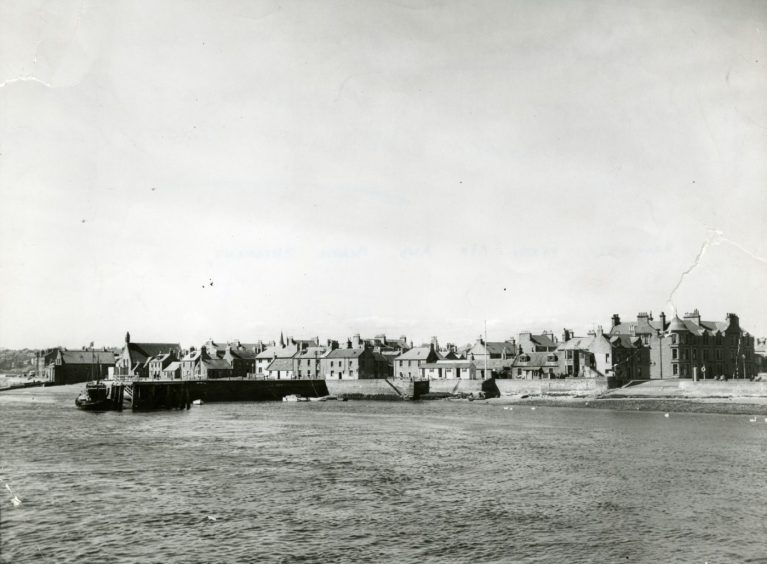
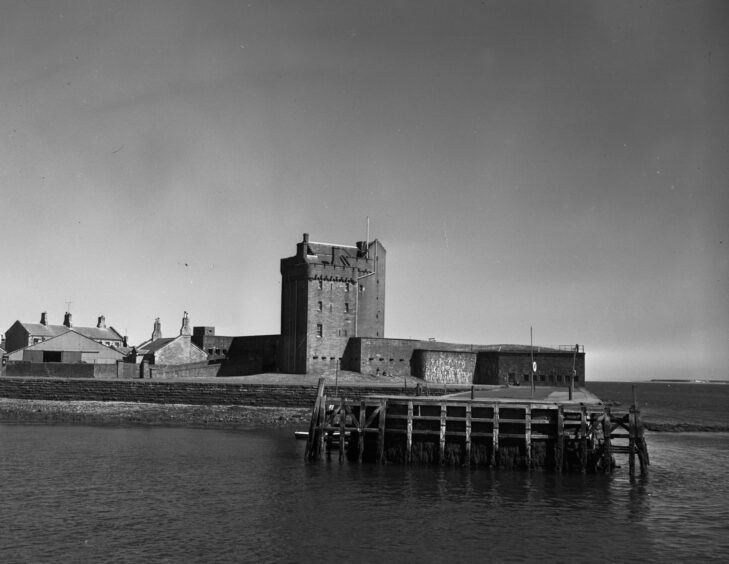
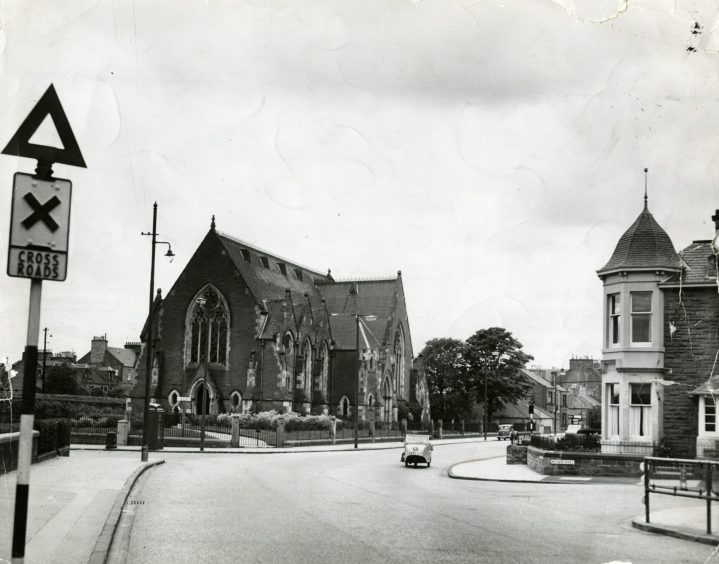
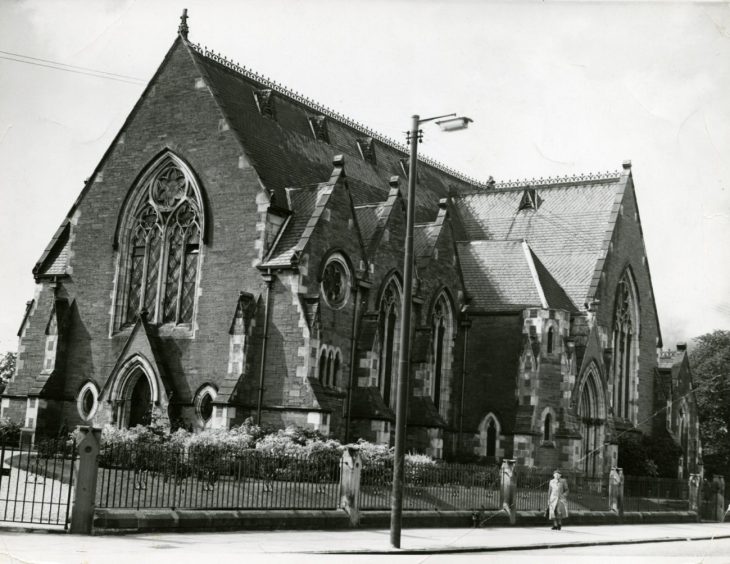
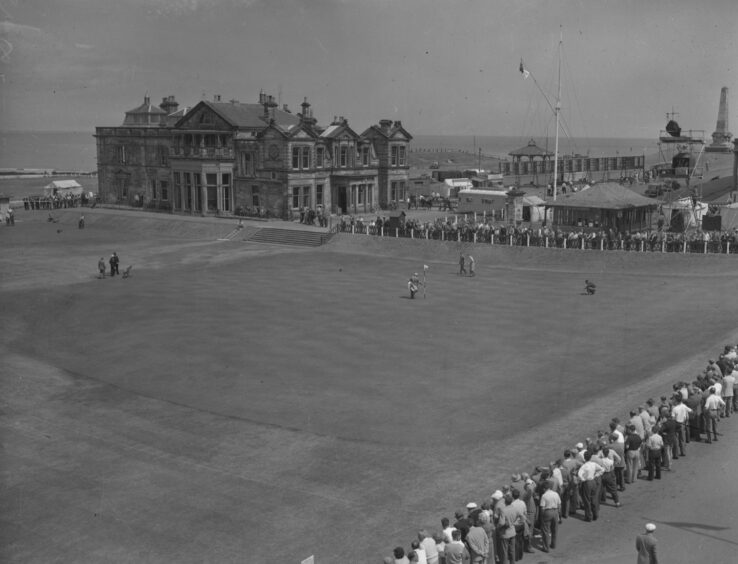
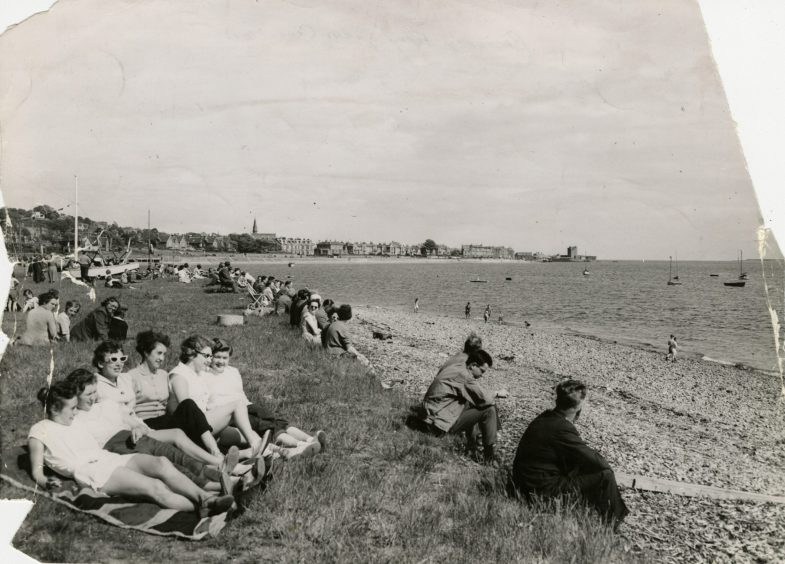
Conversation